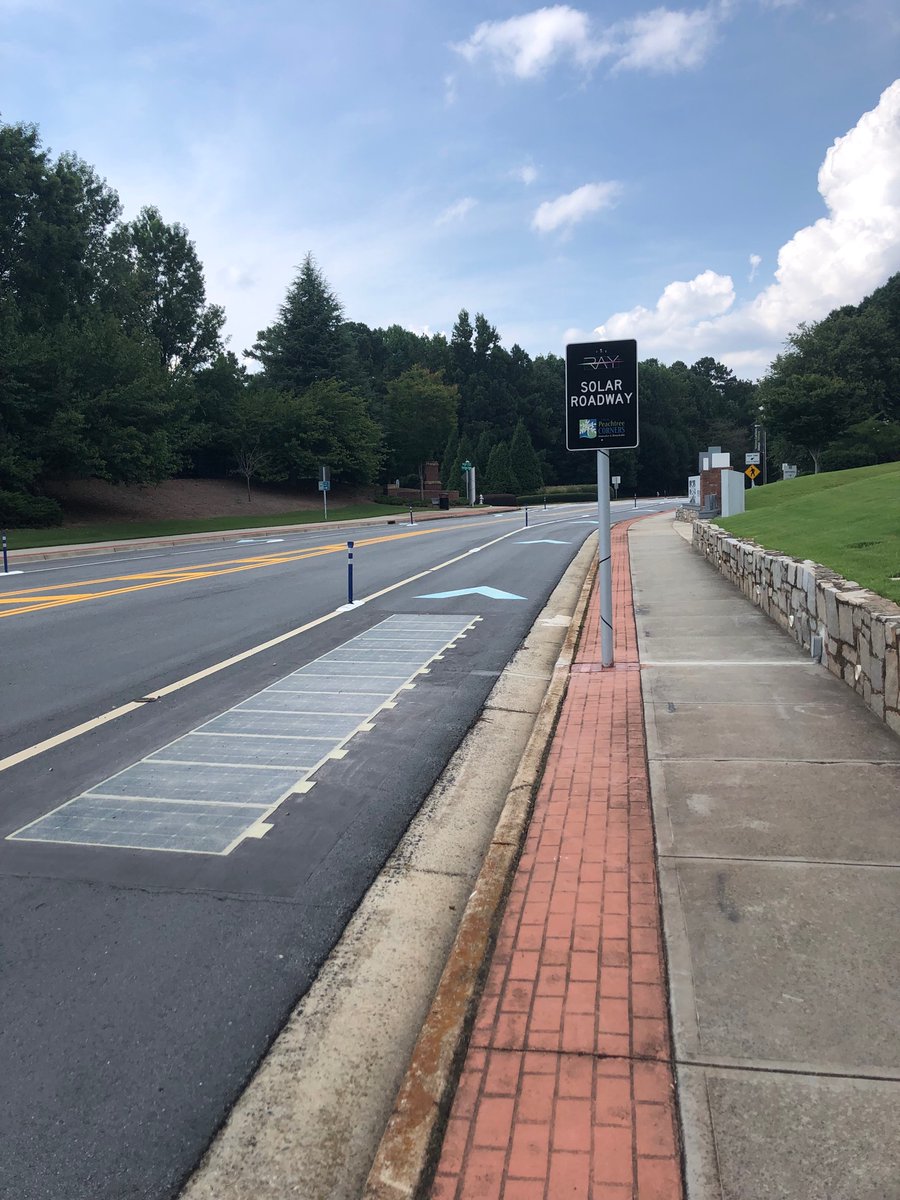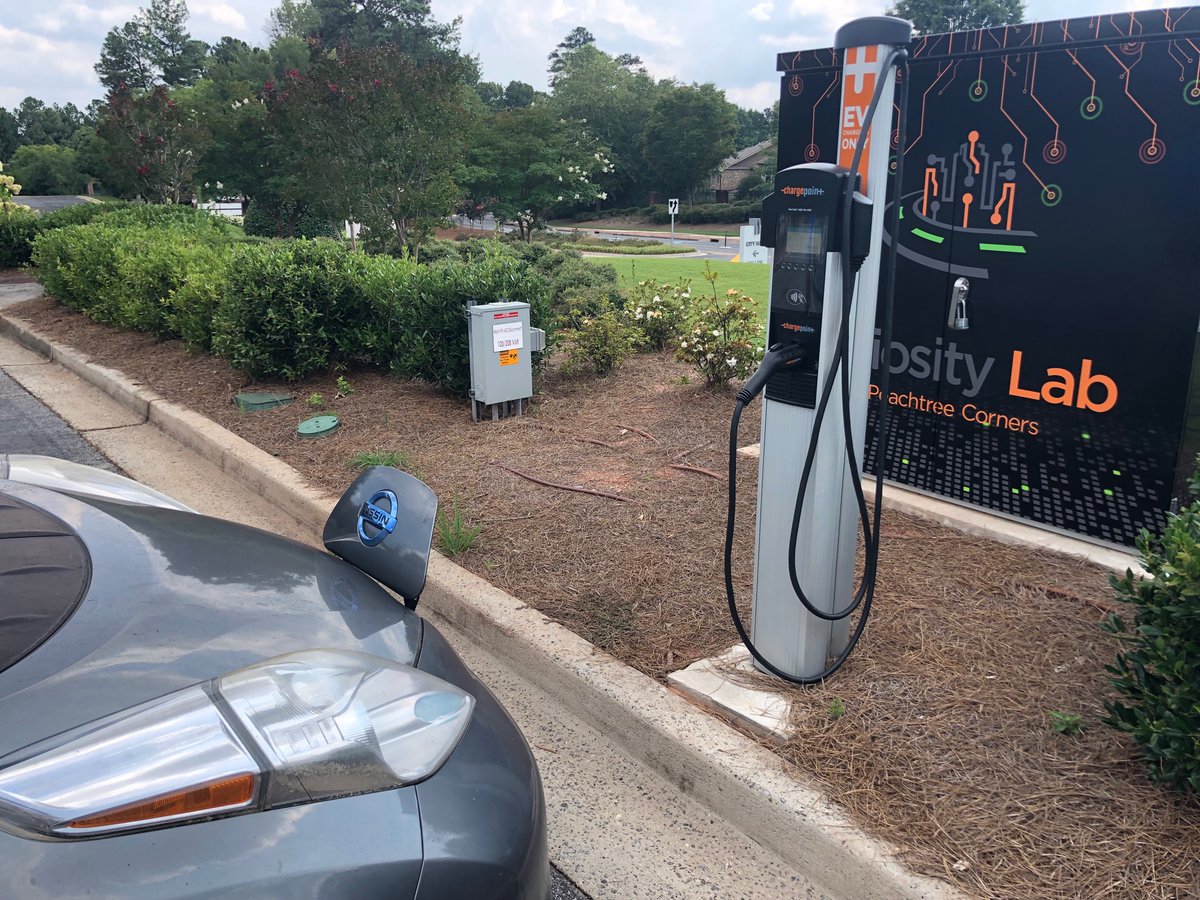
On the occasion of the @IPCC_CH Synthesis Report (coincidentally!) -- if you'd like to spend 8 minutes with me on a journey about fossil phaseout & why we need to plan it carefully & righteously (#midtransition), have I ever got a TED talk for you.
go.ted.com/emilygrubert
go.ted.com/emilygrubert
We need to phase out fossil fuels as fast as possible (faster, tbh, but we live in the world we've created, and there is so much to fight for).
https://twitter.com/KetanJ0/status/1637819606772400128?s=20
Fossil fuels support ~80% of commercial energy consumption, which means we have an enormous amount of stuff to retire over the next couple of decades, while simultaneously building a replacement system /and/ dealing with worsening climate change effects.
https://twitter.com/emilygrubert/status/1334573362358706176?s=20
Fossil fuel systems are a collection of high hazard industries. Not maintaining, inspecting, etc. means things could get very dangerous -- not to mention that especially with climate change, not having functional energy systems is dangerous.
https://twitter.com/emilygrubert/status/1325242643991957505?s=20
The reality is also that the burden of the increasingly decrepit, increasingly unmonitored, increasingly broken systems will probably fall on the most vulnerable people -- in addition to disproportionately bad felt effects of climate change.
Sometimes this narrative (fossil fuels are dominant and closures are likely to burden the vulnerable) gets used to justify why transition should be slower. That's wrong. This is why transition needs to be /planned/.
Planning, and centering what people actually need to survive and even thrive through this climate-inflected transition, is the way we get through. Starting with people reveals additional pathways, too -- what does it mean to decarbonize by housing, feeding, caring for everyone?
There are a ton of extra things to manage while the fossil system and nonfossil system are both too small to do everything, but too big not to constrain each other. (@S_HastingsSimon and I call this "the #midtransition” in our 2022 paper).
emilygrubert.org/wp-content/upl…
emilygrubert.org/wp-content/upl…
I talk more about this with @chrisnelder -- but the takeaway is we need people to stick with the transition for decades while everything is getting harder before it gets easier, for tech transition + climate change reasons
xenetwork.org/ets/episodes/e…
xenetwork.org/ets/episodes/e…
That means we need to be able to explain what's going on, and exactly what steps we're taking both to get where we need to go and to avoid the harms that come along the way. Again, planning. This also means contingencies, for accidents, delays, etc. -- without giving up the goal.
Over time the fossil system will get harder and harder to use, while (hopefully) the clean system gets easier to use. That puts us in tricky spots that require a lot of thought -- how do the last 10% of ICE drivers fuel up? How do other people react to them?
Consider: early EV adopters get our share of petulant road rage in addition to the annoyances of finding chargers. Imagine the situation for the last few people who "need" ICE vehicles, when climate change is even more obvious than now. We need to plan for this.
There's a ton of other examples like this but overall point, this is going to be a long transition even if it's mindbendingly fast from a tech perspective. Climate change is in the background. And challenges at the beginning are likely to make people question the overall journey.
So what to do?
1) Planning, with DEADLINES for phaseout and avoiding new fossil investment*
*A challenge: how to manage minimal but adequate investments in safety and maintenance, which will be hard to distinguish from life prolongation.
(~✨👻nationalize 👻✨~)
1) Planning, with DEADLINES for phaseout and avoiding new fossil investment*
*A challenge: how to manage minimal but adequate investments in safety and maintenance, which will be hard to distinguish from life prolongation.
(~✨👻nationalize 👻✨~)
2) Solve the social challenges directly. People need healthcare? Conventional wisdom is to make damn sure that no jobs go away (e.g., coal mining), so that people don't lose their healthcare.
An alternative: give everyone healthcare?
An alternative: give everyone healthcare?
FWIW, universal programs are also pretty good at solving the issue of favoring a small group of dislocated people (from fossil phase-out) but not other, sometimes large groups of dislocated people (from climate impacts, pollution, and other harms)
3) Focus on the vision, and be honest with people. What do we need to do to actually hit net zero by 2050? Physically, what does that mean? What do we give up, what do we gain, and why?
Honesty with enough time to act >>> pretending everything is fine.
Honesty with enough time to act >>> pretending everything is fine.
One of my grumpiest opinions is that we really suffer from trying to convince "the general public" that we're making a ton of progress when we aren't. Why aren't people more activated? Well, we told everyone we had it covered (eg: ppl thinking $370b = 40% of the way to net zero).
Like, yeah, it's rough having the real conversation about what net zero means.
But we need to have the courage to have that conversation.
We actually have a lot of person-scale time to prep for it -- "you can't buy an ICE car starting in a few years" isn't /that/ onerous.
But we need to have the courage to have that conversation.
We actually have a lot of person-scale time to prep for it -- "you can't buy an ICE car starting in a few years" isn't /that/ onerous.
TL;DR: gotta phase out fossil fuels, gotta do it fast, and gotta use this worldbuilding opportunity to structurally enact justice in the long term. That means planning and a laser focus on the goal, with enough clarity to accommodate the bumps in the road.
Once again link is here: go.ted.com/emilygrubert
Did I choose the header photo bc it looks like the Zac Efron meme: yes.
Did I iron my pants: also yes (tho I concede you can't tell).
🙏 and as always hmu at egrubert @ nd.edu
Did I choose the header photo bc it looks like the Zac Efron meme: yes.
Did I iron my pants: also yes (tho I concede you can't tell).
🙏 and as always hmu at egrubert @ nd.edu

• • •
Missing some Tweet in this thread? You can try to
force a refresh













